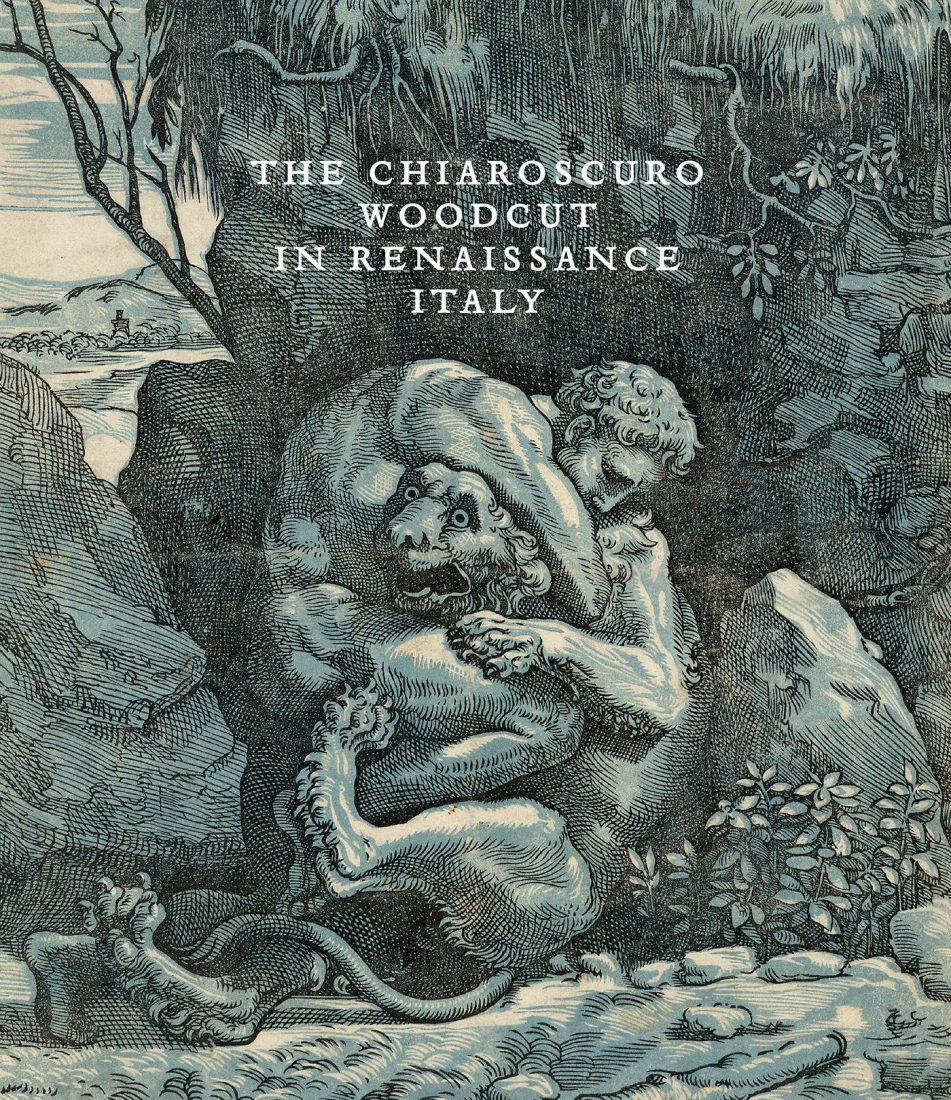The Chiaroscuro Woodcut in Renaissance Italy

2019 AAM Museum Publications Design Competition, Honorable Mention
2019 International Fine Print Dealers Association Book Award
2019 Alfred H. Barr Jr. Award, College Art Association, Finalist
Chiaroscuro woodcuts are among the most immediately appealing of all historic prints, displaying exquisite invention, refined draftsmanship, technical virtuosity, and sumptuous color. Printing two or more woodblocks inked in different tones to create an image, the chiaroscuro woodcut was the earliest, most successful foray into color printing in Europe. Following its invention in Germany, the technique was first adopted around 1516 in Italy where it flourished through the sixteenth century. This novel art form engaged the interests of the most celebrated artists of the Renaissance, including Titian, Raphael, Parmigianino, and Beccafumi, and underwent sophisticated developments in the hands of such master printmakers as Ugo da Carpi, Antonio da Trento, Niccolò Vicentino, and Andrea Andreani. Featuring more than 100 prints and related drawings, this book incorporates pioneering art historical research and scientific analysis to present a comprehensive study of the subject. Essays trace its creative origins and evolution, describing both materials and means of production. Brimming with full-color illustrations of rare and beautiful works, this book offers a fresh interpretation of these remarkable prints, which exemplify the rich imagery of the Italian Renaissance.